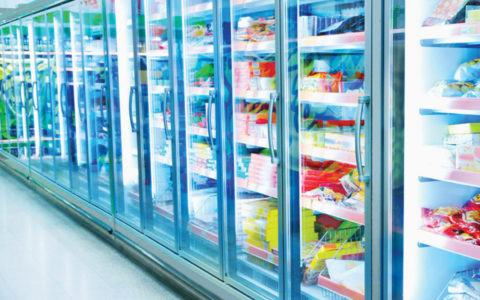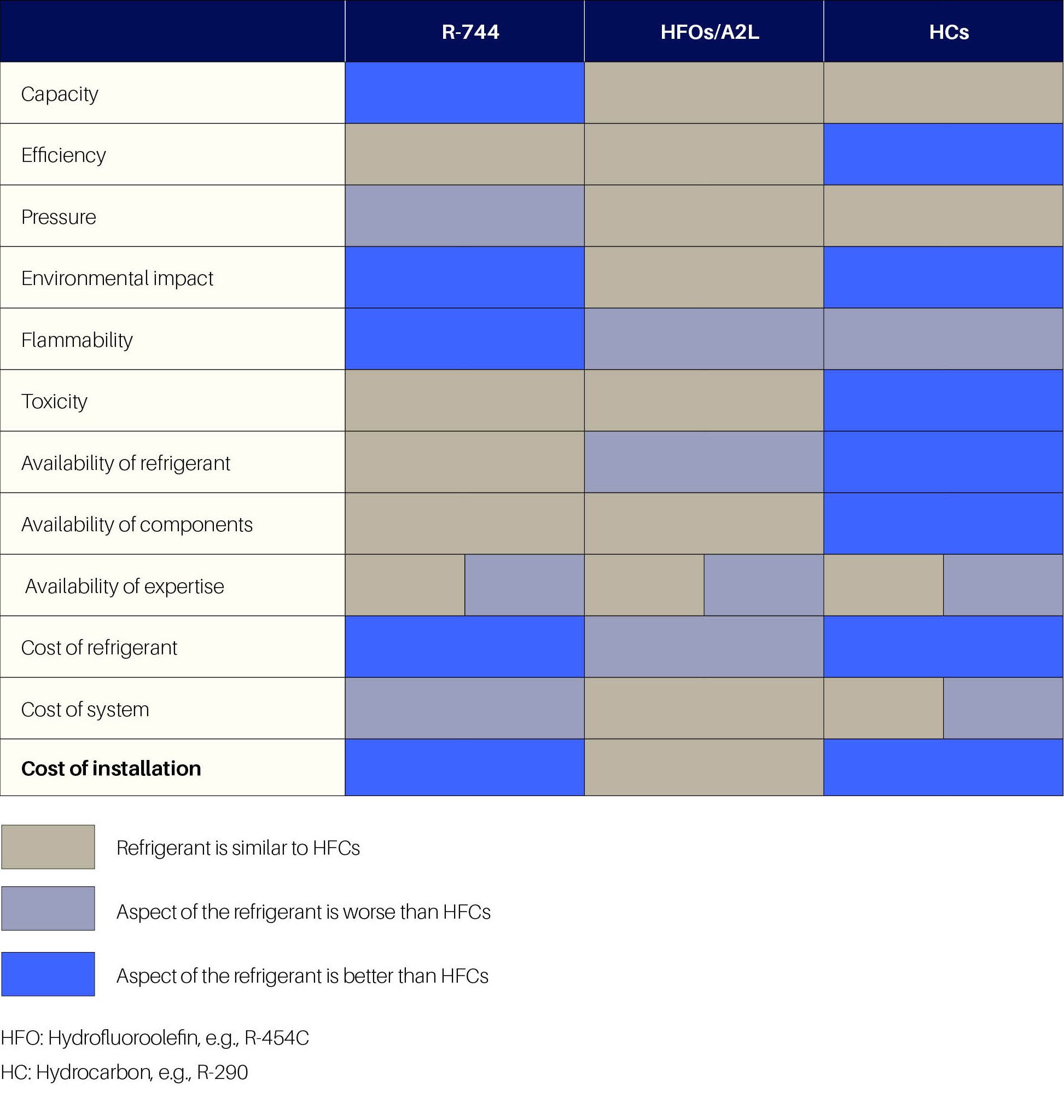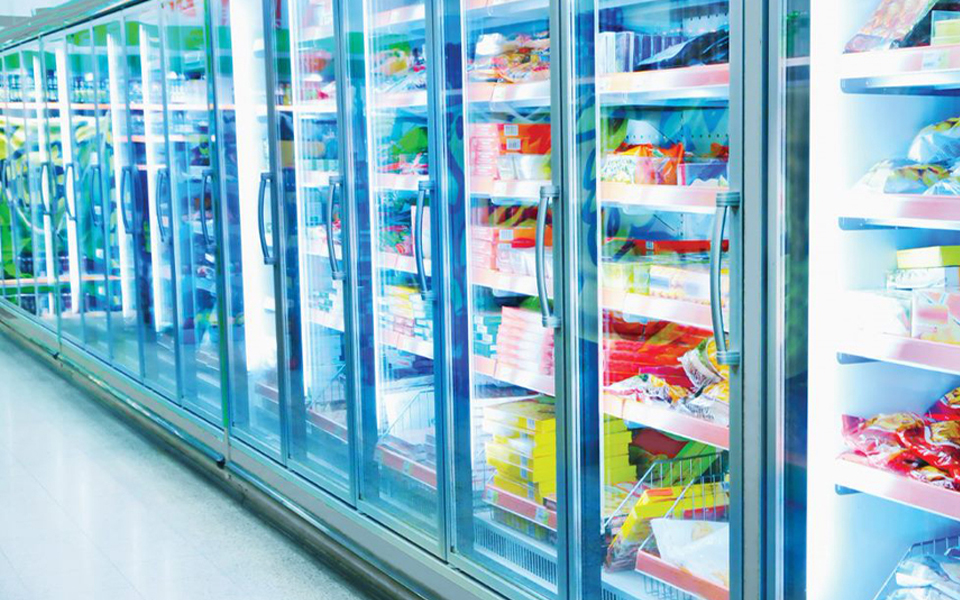CO₂ as a refrigerant – comparison of R-744 with other refrigerants

In post six of our CO2 as a Refrigerant blog series, I will compare CO2 to traditional and emerging refrigerants.
CO2 has been an approved refrigerant in the U.S. for nearly a decade. Today, as the HVACR industry accelerates the transition away from legacy hydrofluorocarbon (HFC) refrigerants with high-global warming potential (GWP), CO2 adoption is on the rise. The future refrigerant landscape is beginning to take shape, with CO2 and other lower-GWP refrigerant alternatives poised to play key roles — each filling a likely niche in terms of application or architectural potential.
From smaller-charge, self-contained units to condensing units and remote systems to large supermarket racks, R-290, CO2 (R-744) and A2L refrigerants all have their place. Evolving refrigerant regulations and safety standards have also helped to shape these applications, establishing charge limits for R-290 (an A3 with a higher flammability classification) and emerging A2L options (with a lower flammability classification).Table 1 shows a comparison of R-744 with other refrigerants, including legacy hydrofluorocarbon (HFC) refrigerants and emerging A2Ls (i.e., hydrofluoroolefin [HFO] refrigerants) that are currently proposed for use in commercial refrigeration. It uses a simple “traffic light” system and employs common HFCs, such as R-404A and R-134a, as a baseline.

Table 1: Comparison of R-744 with other refrigerants
For many retail applications, a well-designed and installed R-448A/R-449A system generally has better efficiency in higher ambient regions than a base R-744 and/or CO2 booster system with a dry gas cooler. However, the overall environmental performance of R-744 systems aligns with global sustainability and HFC phasedown goals, primarily due to its low-GWP impact in the event of refrigerant leaks.
Note: CO2 system design optimization strategies are now available to improve system efficiencies in high ambient regions. Thus, retailers can implement low-GWP CO2 refrigeration while maintaining energy efficiencies.
Although this overview provides a basic introduction to the leading refrigerant options, global refrigerant availability and regional preferences could impact selection of components and servicing expertise.
Blog post seven in this CO2 as a Refrigerant series will weigh the advantages and disadvantages of R-744.

CO2 as a Refrigerant — Criteria for Choosing Refrigerants
by Andre Patenaude | Efficiency & Refrigerant Regulations, Refrigerants
This is post two of CO2 as a Refrigerant, a blog series covering the fundamental considerations...

CO2 as a Refrigerant – Properties of R-744
by Andre Patenaude | Efficiency, Efficiency & Refrigerant Regulations, Refrigerants
This is post three of CO2 as a Refrigerant, a blog series covering the fundamental considerations...

CO2 as a Refrigerant – Comparison of R-744 with Other Refrigerants
by Andre Patenaude | Efficiency, Efficiency & Refrigerant Regulations, Refrigerants
In post six of our CO2 as a Refrigerant blog series, I will compare CO2 to traditional and...
The post CO2 as a Refrigerant – Comparison of R-744 with Other Refrigerants appeared first on Copeland E360 Blog.